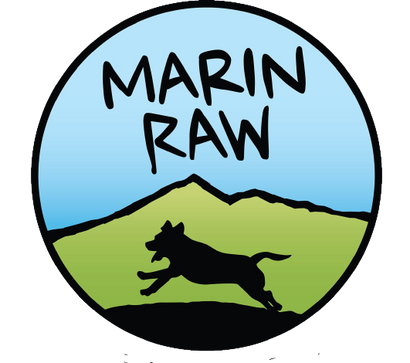Add description, images, menus and links to your mega menu
A column with no settings can be used as a spacer
Link to your collections, sales and even external links
Add up to five columns
Add description, images, menus and links to your mega menu
A column with no settings can be used as a spacer
Link to your collections, sales and even external links
Add up to five columns
Add description, images, menus and links to your mega menu
A column with no settings can be used as a spacer
Link to your collections, sales and even external links
Add up to five columns
Add description, images, menus and links to your mega menu
A column with no settings can be used as a spacer
Link to your collections, sales and even external links
Add up to five columns
Add description, images, menus and links to your mega menu
A column with no settings can be used as a spacer
Link to your collections, sales and even external links
Add up to five columns
Add description, images, menus and links to your mega menu
A column with no settings can be used as a spacer
Link to your collections, sales and even external links
Add up to five columns
Add description, images, menus and links to your mega menu
A column with no settings can be used as a spacer
Link to your collections, sales and even external links
Add up to five columns
Add description, images, menus and links to your mega menu
A column with no settings can be used as a spacer
Link to your collections, sales and even external links
Add up to five columns

Plant vs. Meat Fiber: Why Whole-Animal Grinds Are Better for Your Dog’s Gut
September 16, 2025 2 min read
Plant vs. Meat Fiber: Why Whole-Animal Grinds Are Better for Your Dog’s Gut
When you think of “fiber,” you probably picture bran, fruits, or veggies. But for carnivores like dogs, fiber doesn’t just come from plants. In fact, animal tissues — skin, cartilage, bone, and connective tissue — provide a special kind of “meat fiber” that works very differently in the gut.
At Marin Raw, we’re excited to be launching our new PMR (Prey Model Raw) grinds, starting with whole-animal chicken. These grinds naturally deliver the same beneficial meat fibers that dogs would get if they were eating their prey in the wild.
What Is Meat Fiber?
Meat fiber refers to the fibrous components found in animal tissues, including:
- Collagen (from muscle, tendons, skin, cartilage)
- Glycosaminoglycans (like chondroitin and glucosamine in cartilage)
- Bone (mechanical stimulation in the gut)
- Elastin (in connective tissue)
- Keratin (in skin, hair, feathers, nails, hooves)
These aren’t just “fillers” — they act like prebiotics in the gut, feeding beneficial bacteria and producing short-chain fatty acids (SCFAs) like butyrates, which fuel colon cells and protect gut health.
Why Meat Fiber Matters for Dogs
Research shows that:
- Collagen ferments just like plant prebiotics, producing SCFAs that reduce inflammation and improve digestion.
- Chicken cartilage ferments quickly and supports beneficial gut bacteria.
- Bone broth and collagen peptides reduce bloating, gas, and improve gut lining integrity.
- Prey with hide (skin, hair, fur) reduces toxic compounds and gut inflammation compared to feeding meat alone.
In short: meat fiber supports gut health, reduces inflammation, and improves digestion — without the side effects of excess plant fiber.
The Downside of Plant Fiber
Plant fibers like cellulose and beet pulp are commonly added to kibble diets. While they can sometimes act as prebiotics, they also come with drawbacks:
- Slower digestion: 30g of cellulose can delay intestinal transit time in dogs by up to 900%.
- Nutrient loss: Plant fiber reduces absorption of essential nutrients.
- Gas & odor: Plant roughage increases flatulence and stool odor.
- Taurine depletion: Beet pulp decreases taurine levels, which are vital for heart health.
- IBD flare-ups: Excess fermentable fiber can worsen symptoms in sensitive dogs.
- Constipation: Plant fiber does not improve constipation in dogs.
Plant vs. Meat Fiber: Head-to-Head
|
Effect |
Plant Fiber |
Meat Fiber |
|
Digestion & nutrient absorption |
❌ impairs |
✅ supports |
|
Useful in diarrhea cases |
✅ sometimes |
✅ yes |
|
Constipation relief |
❌ not effective |
✅ supports |
|
IBD support |
❌ can worsen |
✅ protective |
|
Cancer outcomes |
❌ not shown |
❓ still being studied |
Leave a comment
Comments will be approved before showing up.
Subscribe
Sign up to get the latest on sales, new releases and more …
